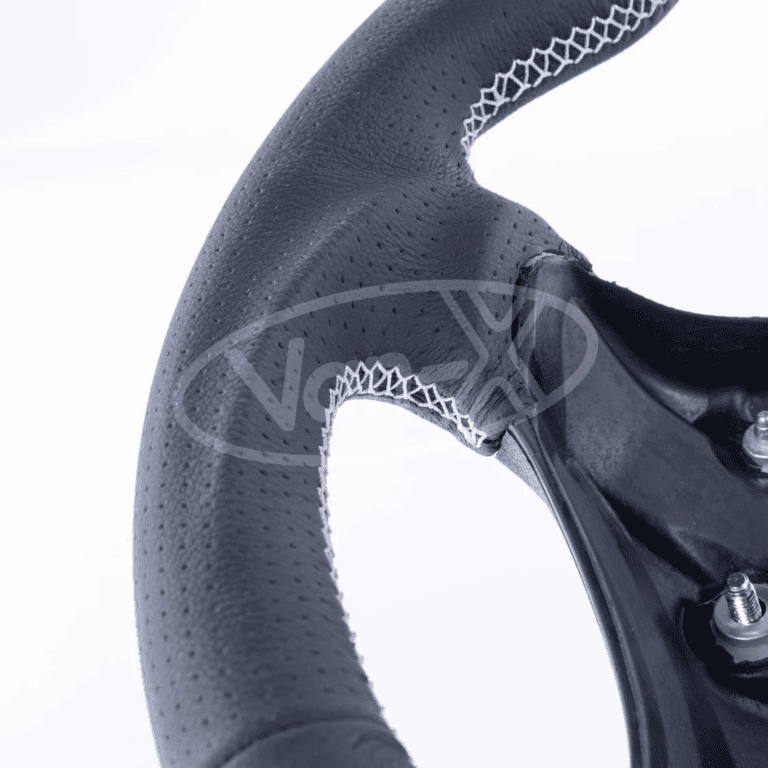Fixing Slanted Backside Holes: What Finally Worked for Me
I’ve been there—spent hours prepping a beautiful piece of leather for a cardholder, edges lined up, punch carefully aligned, only to flip it over and see that the back looks like a disaster. Slanted holes, punch marks veering toward the edge, even some breaking through the side entirely. It’s the kind of mistake that makes you want to walk away from the bench for the weekend. Trust me, I’ve been there more times than I’d like to admit.
After fighting with this on a new cardholder pattern, I stepped back and tried to diagnose what was really going wrong. The front always looked great. But the back? Crooked chaos.
Here’s what finally worked for me—gathered from trial, error, and wisdom from some seasoned crafters in the community:


1. Add Extra Material for Stability
One of the simplest but most effective tricks: cut your leather slightly larger than needed. The closer your stitch line is to the edge, the more likely your punch will “roll” or tilt as it exits the back side. This is especially true with thinner or softer leathers. That roll is what causes the back to come out slanted. Extra material gives your punch more surface to stabilize on. Once stitched, you can trim the piece clean with a sharp knife or sand flush.
2. Punch the Layers Separately
I know it’s tempting to glue up and punch through all layers at once, but punching each piece separately before gluing has changed my accuracy drastically. Use stitching chisels or pricking irons on one piece, then use needles or awls to align the second layer, and punch through from there. This way, you control each side’s angle independently.
3. Watch Your Angle Like a Hawk
Hold your punch as close to the leather as you can and don’t just look down—look forward, watching where your tool meets the leather. If you’re holding your iron from too far up or letting it lean even slightly, it’ll exit the back at an angle. Especially with thicker leather (like 9oz stacked), that small lean becomes a big error.
4. Firm Base Matters
This one surprised me: softer cutting mats or jelly pads can let your leather flex too much. Try punching on a harder surface—a thick slab of veg-tan scrap or a rubber punch pad over a wooden bench. Less give = less movement = cleaner exit holes.
5. Don’t Tap—Strike
Another mistake I used to make was tapping lightly, trying to be careful. Turns out, this actually increases the chance of the punch shifting. A firm, confident strike keeps the punch from wandering as it drives through.
6. Thickness Difference? Adjust Accordingly
I noticed my bifolds weren’t giving me this issue, but my new cardholder pattern was. Turns out, the leather was just a little thicker, and that slight difference exaggerated any angle issues I hadn’t noticed before. Thicker stacks demand even more precision in holding your punch vertical.
Bonus: Don’t Be Afraid to Switch Punch Styles
This one’s personal, but if you’re consistently frustrated with French-style irons, try round punches. Some folks (like myself at times) find them easier to keep straight, especially through thicker stacks. Clean look, easier control.
I know how frustrating it is to see a piece ruined after hours of prep. Hopefully some of these tips help you get clean, straight holes—front and back. And if you’re like me, you’ll still mess one up once in a while. But at least now, you’ll know what to troubleshoot next time.
Got your own technique that helped solve this problem? Share it in the comments—I’m always learning.

